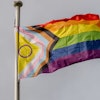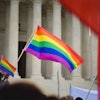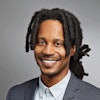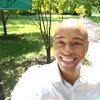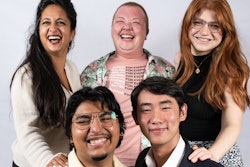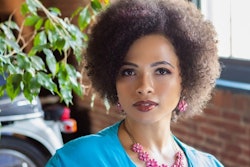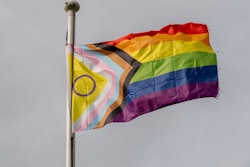The mass shooting at a gay nightclub during the early morning hours of June 12 in Orlando was a difficult, sobering reminder of the often-violent resistance that stands in the way of progress in the United States.
The slow but steady progression toward marriage equality in the United States has led to higher visibility of LGBTQ communities, and it has also resulted in rhetoric and legislation that has been both inclusive and exclusive of LGBTQ people. This “two steps forward, one step back” march toward equality is nothing new for minority populations in this country.
When the AIDS epidemic hit the United States in the 1980s, for instance, societal and governmental neglect formed the backdrop of queer people dying, many of whom were of color. This negligence was, in essence, a backlash to increasing levels of acceptance of LGBTQ populations — acceptance that dovetailed 1970s and 1980s movements based on gay liberation, lesbian feminism and the activism of queer people of color. (These activist movements followed a rebellion of policing and harassment in another queer bar, the Stonewall Inn, in 1969.)
We have recently witnessed deepening levels of acceptance of LGBTQ people in the United States, so when I read the names, saw the faces, and heard the stories of the deceased at the Orlando nightclub, my heart sank. Mostly queer people of color. History has a habit of repeating itself.
The mass shooting in Orlando followed months of accelerated anti-LGBTQ legislative actions in the United States. Most prominent is North Carolina’s House Bill 2 (HB2), which recently overturned the state’s antidiscrimination policies that protected LGBTQ communities in public workplaces and public educational institutions. As Attorney General Loretta Lynch stated in early May, HB2 legislated “state-sponsored discrimination.”
For transgender students attending the University of North Carolina (UNC), a public system, the “multiple occupancy bathroom or changing facilities” clause immediately dictated that trans students at UNC campuses use bathrooms linked with the sex categories they were assigned at birth. The president of the university released a letter in early April requiring UNC campuses to comply with this clause. Almost two months later, the president rescinded the requirement following pressure from activists and a federal civil rights lawsuit, but what kind of message did transgender students at UNC receive in the interim?
HB2 prevented trans students from engaging “in the most private of functions in a place of safety and security,” as Lynch stated. Physical safety and intellectual safety are deeply intertwined on our campuses; exclusion from one section of campus is exclusion from the entirety of campus life.
